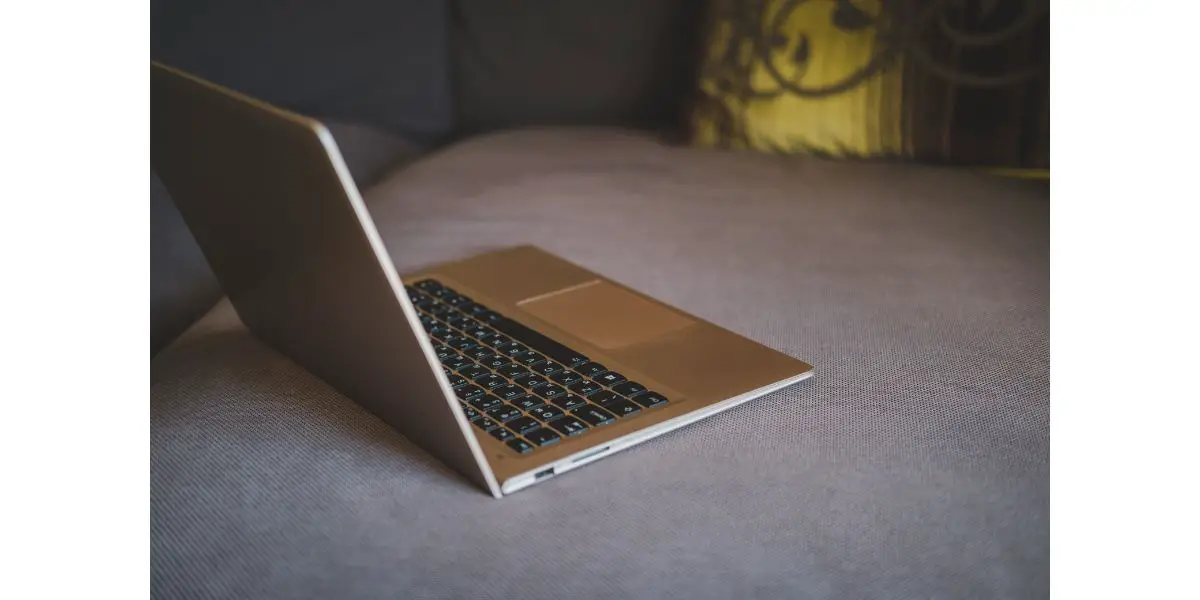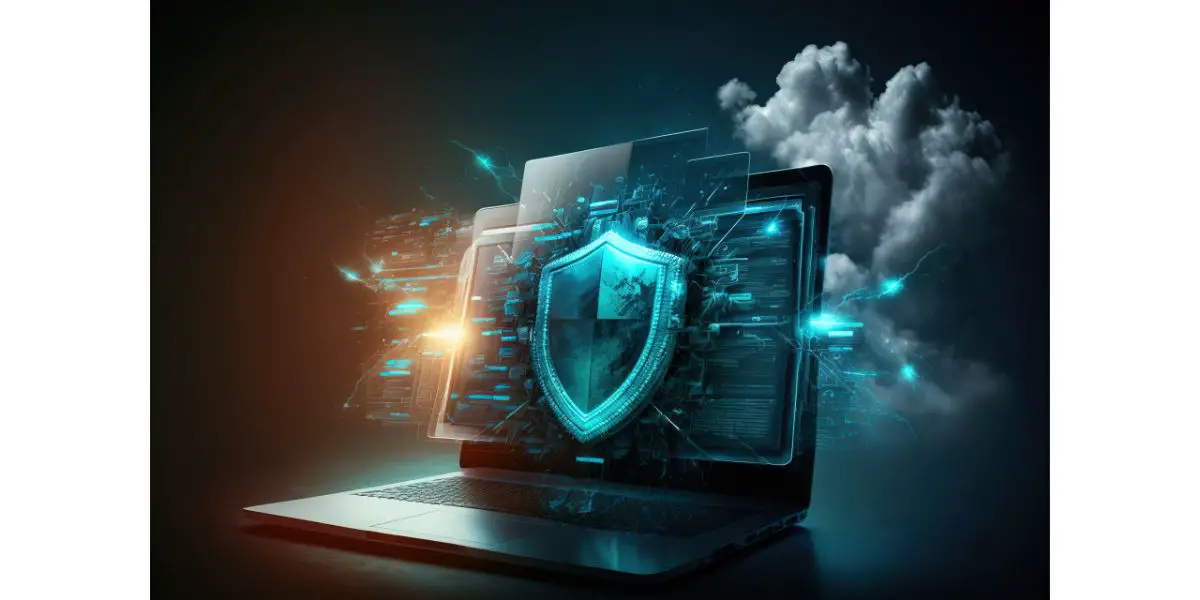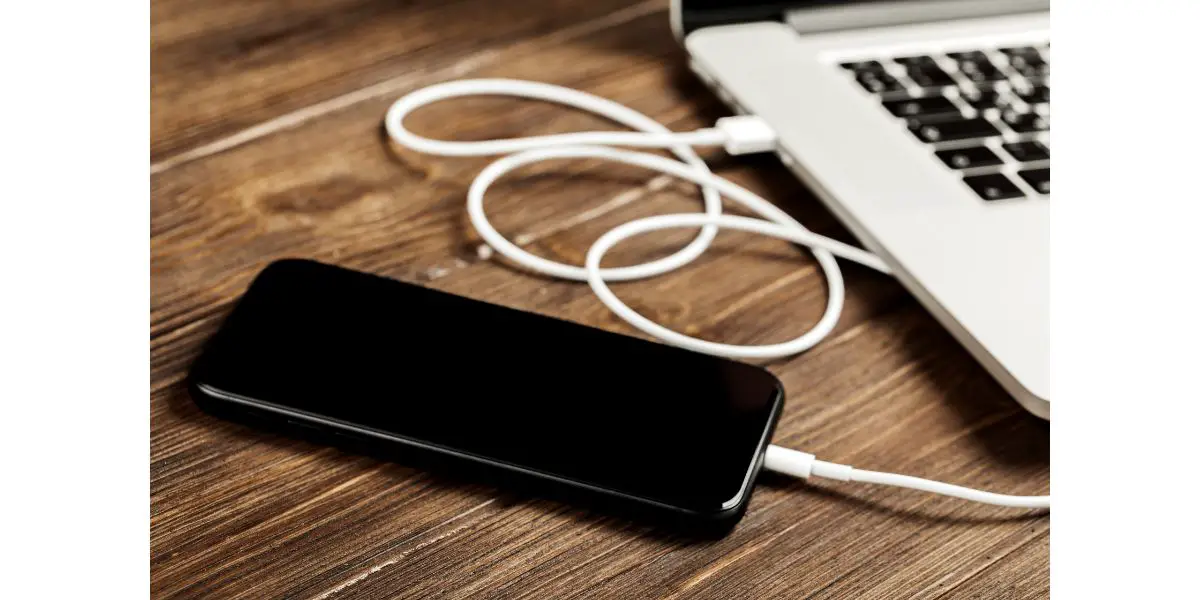Disclaimer: This post may contain affiliate links, meaning we get a small commission if you make a purchase through our links, at no cost to you. For more information, please visit our Disclaimer Page.
Users often complain about issues with connecting their laptops to a personal mobile hotspot. There are several possible reasons for this, and thankfully, there are time-tested solutions as well. In this article,we’ll explain the possible reasons for this problem and share 13 quick fixes that will help you connect your laptop to a personal hotspot.
Table of Contents
Reasons Your Lenovo Laptop Won’t Connect to Hotspot
Mobile Data Unavailable
Before trying out any fixes, make sure your mobile Internet connection is not at fault. Your laptop might be unable to establish a secure connection due to a weak signal or unavailable mobile data.
First, see if your phone gets a good signal. It can be LTE, 4G, or 5G, depending on where you are. If you’re not on the best network available, chances are the Internet is too slow to be used on your PC.
It could also be that you don’t have mobile data available because you’ve used up your plan. This sometimes happens unexpectedly, so make sure to check if you don’t have any issues here.
Some plans do not include hotspot sharing. It means that the mobile data you pay for by the terms of the package can only be used on your phone, while the rest is charged separately. If you don’t have any extra money on your mobile account, a personal hotspot won’t work.
Other issues could be the case as well. To find out more, check out this article on ensuring a stable connection to our mobile hotspot.
Your Laptop Is Not in the Reach
Another common reason is that your laptop is located too far from the device with a personal hotspot. It is best to keep your phone close to the PC for better connectivity. The more the distance between them, the weaker the signal will be, and you will have trouble establishing a connection.
Issues With Network Adapter
If the issue persists after you’ve done all basic troubleshooting, it is likely a faulty network adapter. A network adapter is a piece of hardware that allows for network connection, and if it’s not working correctly, you will face issues connecting to the Internet or other devices.
Most of the time, a network adapter driver causing the problem. You may need to update it or install a different version to fix the issue of connecting to a personal hotspot.
It’s Just a Glitch
While many of the reasons above might be the case, this issue is usually caused by a glitch. It is fairly common and can usually be resolved by basic solutions such as restarting your devices, turning wifi on and off, and similar. I will go over each possible fix in more detail later on.
How To Fix Lenovo Laptop Not Connecting to a Hotspot
1. Restart Your Phone
The first and easiest fix to try is restarting your phone. This method resolves the hotspot glitch most of the time. After the restart, wait for about a minute and enable the mobile hotspot again. Then, try connecting your laptop to the hotspot and see if everything works.
2. Turn WiFi and Hotspot On and Off
Next, try enabling and disabling network connectivity on your devices. Turn off the mobile hotspot on your phone and wifi on the laptop and wait for a few seconds. Then enable both functions and try connecting again. You can also put both devices on airplane mode instead.
3. Forget Personal Hotspot
If your laptop doesn’t connect to the hotspot, it might help to make the PC forget this network and give the connection a fresh start. To do this, you need to use the Forget option. Here’s how:
- Open the Networks tab and locate your personal hotspot.
- Right-click the name of the hotspot.
- Select Forget.
This will make your laptop forget the previously established network connections. Most of the time, it helps resolve the glitch.
4. Reset Network Settings
If forgetting the hotspot doesn’t help, try a full reset of network settings. This method erases all data regarding previously used networks, saved passwords, and settings. Make sure anything important is saved before performing a reset.
Here’s how to reset the network settings on your laptop:
- Go to Settings.
- Select Network and Internet.
- Choose Status.
- Click Network Reset.
5. Change the Hotspot Name and Password
Another thing you can try is changing the name of your phone and resetting the password to the hotspot. Sometimes laptops have trouble connecting to networks with complicated names, especially if they include spaces.
Here’s how to change the hotspot settings on your iPhone:
- Go to Settings,
- Choose General, then select About.
- Click Name and change it to whatever you prefer.
- Next, go back to the Settings menu and go to Cellular.
- Choose Personal Hotspot.
- Go to WiFi Password and type the new password for your hotspot.
And here are the instructions for Android devices:
- Go to Settings.
- Choose Wireless & networks, then Tethering & portable hotspot.
- Select Portable Wi-Fi hotspot.
- Tap on Configure Wi-Fi hotspot.
- Enter your hotspot’s new name and password, then save the changes.
6. Update the OS
Sometimes this and similar glitches are caused by outdated software. If you’ve missed any updates for your OS, try upgrading to the latest version. This goes for your phone and laptop, as the issue could occur on either end.
7. Disable Antivirus
It is possible that your antivirus protection doesn’t let the laptop connect to the hotspot. Disabling the software can help overcome the issue. There is also a Windows protection system that can potentially block suspicious connections, so try disabling that. Here’s how:
- Go to Settings.
- Choose Update & Security, then click Windows Security.
- Select Virus & threat protection.
- Go to Manage settings and disable Real-time protection.
- Go back to Windows Security and choose Firewall & network protection.
- In Private Network, disable Microsoft Defender Firewall.
8. Update the Network Adapter Driver
As I’ve mentioned, a network adapter is hardware responsible for establishing connections between your laptop and other devices or networks. Your laptop may be unable to connect to the hotspot because the adapter is not working properly, likely due to some issue with its drivers.
The first thing you should try is looking for software updates. If the driver is outdated, this could be the reason for the glitch. Here’s how you can install the latest driver version:
- Go to Device Manager.
- Select Network adapters.
- Right-click your current driver and choose Search automatically for updated driver software, then Update driver.
- Reboot your laptop and try connecting again.
9. Troubleshoot the Driver
If the update didn’t help, it’s time to run the troubleshooting software to check if any more profound issues with the network adapter are the case. To start the process, follow these steps:
- Go to Settings.
- Choose Update & Security.
- Click Troubleshoot.
- In Additional troubleshooters, select Network Adapter.
- Choose Run the troubleshooter.
10. Run the Internet Connection Troubleshooter
There’s also a built-in Windows software that checks for issues related to networks and Internet connection. If the simple fixes didn’t help, there are probably deeper issues the troubleshooter can help you discover. Here’s how to run it:
- Following the path from the previous fix, go to Troubleshoot.
- In Additional troubleshooters, choose Internet Connections.
- Select Run the troubleshooter.
11. Move the Devices Closer
As I’ve mentioned, the distance between your devices can make it harder to establish a secure connection. It could be that your laptop fails to connect simply because it is located too far from the source of the signal. To fix this, bring your devices closer to each other and try connecting again.
12. Change AP Band
AP, or Access Point, determines the frequency of the mobile hotspot. Various frequencies allow for different speeds and coverage areas. The AP band for your hotspot will be determined automatically and typically set to the best possible value, usually 5 or 6 GHz.
However, the automatically set AP band could be too high for your laptop. Some PCs only support 2.4 GHz, and if this is the case for your device, it is likely that it can’t establish a connection to your hotspot.
Android devices typically allow you to change the frequency manually. Here’s what you should do:
- Go to Settings.
- Choose Wireless & networks, then Tethering & portable hotspot.
- Select Portable Wi-Fi hotspot.
- Tap on Configure Wi-Fi hotspot.
- In Select AP band, switch from 5.0 GHz to 2.4 GHz.
iPhones do not let you specify the AP band, but they have a similar function that will change the frequency to 2.4 GHz. Just do the following:
- Go to Settings.
- Choose Personal Hotspot.
- Enable Maximize Compatibility.
While the 2.4 GHz AP band is inferior to 5 GHz, its compatibility is higher, which is why this function lets you downgrade to a less advanced configuration to make it work with other devices.
13. Use a USB Cable
Finally, if wireless connectivity won’t work, no matter what you try, use a USB cable to share your network instead.
Here’s how to set it up on Android:
- Connect your laptop to the Android device via a USB cable.
- Swipe down on your phone and find the Hotspot icon.
- Press and hold it, then select USB tethering.
And here’s how to establish a connection with iPhone:
- Swipe down on your iPhone and hold the Hotspot icon.
- Click on Cellular, then hold the Personal Hotspot icon.
- Connect your devices via a USB cable.
Conclusion
A laptop not connecting to a personal hotspot is a common issue. Most of the time, it is caused by glitches that can be resolved through a series of standard steps: enabling and disabling hotspot and wifi, restarting devices, forgetting network, resetting network settings, and similar.
However, the issue can also be caused by your network adapter, which requires updating its drivers and running a troubleshooter. Disabling antivirus, changing the AP band, or updating the OS can also help solve the problem. Finally, you can use a USB cable if the wireless connection fails.



